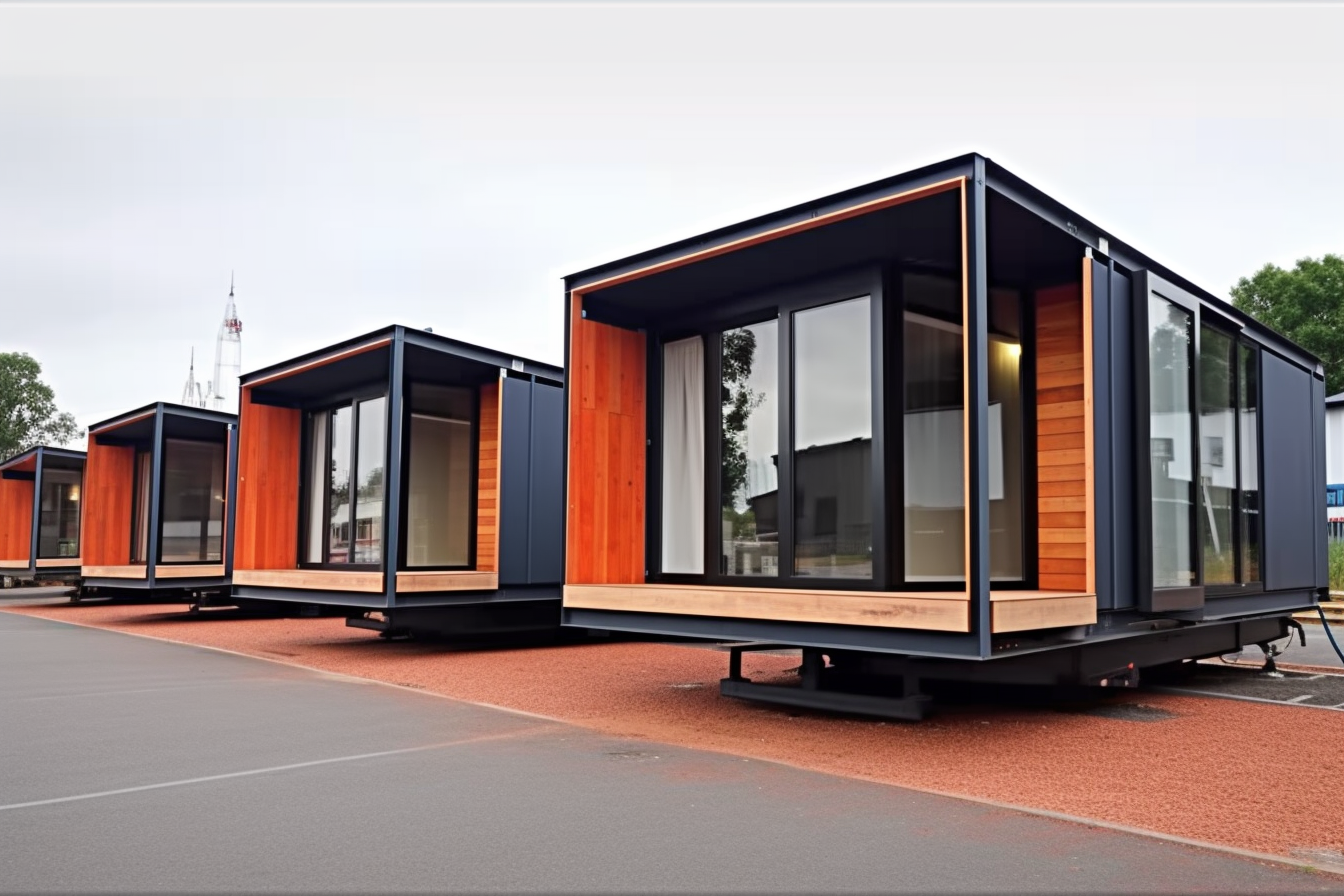Prefabricated Homes: A Practical Guide to Modern Modular Living
Prefabricated homes—often called prefab, modular, or factory-built homes—are reshaping the way people think about housing. By manufacturing building components in a controlled facility and assembling them on-site, prefab delivers reliable quality, predictable timelines, and efficient use of materials. Whether you’re drawn to faster move-in dates, clean modern design, or sustainability, understanding how prefabricated homes work can help you decide if this approach fits your needs.

What are prefabricated homes?
Prefabricated homes are residences built off-site in sections or components, then transported and assembled at the final location. Unlike traditional construction that exposes materials to weather and jobsite variables, prefab leverages factory conditions for consistency. Many prefab homes are built to the same local building codes as site-built homes, and when set on permanent foundations, they are virtually indistinguishable in performance and appearance from conventional houses. The result is a streamlined build that keeps quality predictable.
Types of prefab construction
Prefab isn’t one-size-fits-all. Several formats exist:
-
Modular homes: Entire volumetric modules (rooms or sections) are built in the factory and joined on-site. These typically follow the same building codes as site-built homes when placed on a permanent foundation.
-
Panelized homes: Walls, floors, and roof panels are fabricated off-site and assembled on the foundation. This offers flexibility in design while still reducing on-site labor.
-
Manufactured homes: Built to a distinct national code in some countries (for example, a federal standard in the United States) and transported largely complete, then installed on-site. Foundation types and code frameworks may differ from modular homes depending on jurisdiction.
-
Kit or flat-pack homes: Components arrive pre-cut and labeled for assembly. These can be cost-effective but may require more on-site coordination.
Why prefab can save time and waste
Building in a factory environment allows trades to work in parallel, materials to be stored properly, and workflows to be optimized. This often shortens overall timelines and reduces rework. Material usage can also be more efficient because standardized cutting and repeatable processes minimize off-cuts and errors. Weather delays are reduced, too, since much of the work happens indoors. In many cases, this translates to fewer surprises and more predictable project schedules.
Customization and design flexibility
Modern prefabricated homes offer far more than a handful of cookie-cutter layouts. Reputable manufacturers provide a range of architectural styles, from minimalist cabins to multi-story family homes. Buyers can often tailor floor plans, finishes, window placements, and energy-performance upgrades to fit their budget and climate. Panelized and modular systems, in particular, enable creative configurations, open-plan interiors, and adaptable spaces. While extreme customization may increase costs or lead times, the core process remains efficient compared to fully bespoke site-built projects.
Codes, permits, and financing basics
Compliance with local building codes and zoning rules remains essential with prefab. You’ll still need permits for the foundation, utilities, and occupancy, and the home must meet requirements for structural loads, fire safety, insulation, and energy performance as applicable in your area. Financing depends on the type of prefab and foundation. Modular homes on permanent foundations often qualify for traditional mortgages in many regions. Manufactured homes may follow different lending paths depending on whether they’re placed on leased land or set permanently. Early conversations with local services, a lender familiar with factory-built housing, and your permitting authority will smooth the path forward.
From factory to foundation: the build process
A typical process begins with design selection and engineering, followed by factory fabrication of modules or panels while your site is prepared. Foundations, utility rough-ins, and access for delivery are coordinated in parallel. On delivery day, cranes set modules or panels, and crews complete weatherproofing, mechanical connections, exterior cladding, and interior finishes. After inspections and final touches, you receive occupancy approval. Because key steps occur simultaneously, the period from deposit to move-in can be shorter than conventional builds, though timelines vary with location, complexity, and supply conditions.
Energy performance and sustainability
Prefabricated construction can support strong energy performance thanks to precise fits, controlled insulation installation, and the opportunity to integrate high-performance windows, airtight layers, and efficient HVAC systems. Some manufacturers offer net-zero-ready packages with rooftop solar provisions, advanced heat pumps, and continuous insulation details. The factory setting can also make it easier to implement waste-reduction strategies and responsibly source materials. As always, real-world performance depends on design choices, installation quality, and local climate, so review specifications carefully.
Cost drivers to understand
While prefab can offer savings through efficiency, total cost depends on more than the sticker price of the home. Site preparation, foundation type, delivery distance, crane services, utility connections, and local labor can influence your budget. Upgrades such as higher insulation levels, premium cladding, or custom millwork will also affect the final number. To compare options, request transparent quotes that separate the home package, on-site work, and any allowances for finishes. Ask how pricing accounts for contingencies and schedule risks so you have a realistic picture before you commit.
Durability and long-term maintenance
Factory-built modules are engineered to withstand transport, which can result in robust framing and connection details. When installed correctly, modular and panelized homes can perform on par with conventional homes under typical loads. Long-term care is similar: maintain roofs and flashing, seal exterior joints, service HVAC systems, and manage moisture with proper ventilation and drainage. If your home joins multiple modules, periodic inspections of seams and cladding transitions help maintain airtightness and weather resistance over time.
Selecting a trustworthy partner
Because quality varies, invest time in due diligence. Review a builder’s certifications, past projects, and warranty terms. Ask to tour a factory if possible and evaluate model homes for fit-and-finish. Confirm who is responsible for site work, scheduling, and coordination with inspectors. Look for clear documentation: engineering drawings, material specifications, energy performance targets, and commissioning checklists. A well-structured contract and a realistic schedule are signs of an experienced team.
Conclusion
Prefabricated homes combine the discipline of factory production with the creativity of modern residential design. By moving much of the build off-site, they can streamline schedules, improve quality control, and reduce waste without sacrificing comfort or style. With careful attention to codes, financing, and a reputable partner, prefab offers a practical path to a well-built home that suits a wide range of budgets, climates, and lifestyles.






